When not acting as purveyor of sonic doom within the blackend folds of Darkthrone, Fenriz is scarcely indolent, as this trio of early nineties recordings, produced under the banner of Isengard, demonstrate. One of black metal’s most instantly recognisable figures, Fenriz approved this Peaceville re-release and provided not only liner notes and photos for the excellent package but also a full audio commentary (provided on a second disc) which will have long-time fans foaming at the mouth in anticipation.
Split neatly into three chapters, chapter one – ‘vanderren’ deals with a series of 7 tracks recorded in 1993; chapter two – ‘spectres over gorgoroth demo’ with the five earliest recordings dating back to August 1989; and chapter 3 – ‘horizons’ with the final four tracks recorded in early 1991. The sound quality, as a result of the dubious sources and varying dates of recording, is not exactly what you’d term pristine (nor would you expect it to be) but a good job has been done at levelling the disc so that there is no significant jump in volume between chapters and the overall result is a disc that will prove hugely satisfying to fans of Fenriz’s more avant-garde outings.
Opening with ‘Vinterskugge’, Fenriz puts his best foot forward with a song that simply slays from the outset. Overlaid with his throaty bellow, ‘Vinterskugge’ features guitar work which is initially tinny but which ends up as a huge, ominous rumble from the deep, whilst the bass seems to grow in stature as the track progresses, lending a real air of malaevolence to proceedings. It is a fascinating, brilliant opening song that sets the scene perfectly for what is to come and as the track ends in one of the heaviest riffs Fenriz has ever written you’re utterly absorbed in the power of the music. Next is ‘Gjennom skogen til blaafiellene’ a darker, more restrained number that you can imagine being played on lutes in Countess Bathory’s candlelit halls . Entirely instrumental it is as cold and atmospheric as black metal music comes. Grandiose and redolent of a dead and decaying age, it is the perfect representation of Fenriz’s old, cold spirit and it sounds epic. ‘Ut I bannets dyp hvor morket hviler’ is almost the polar opposite – a searing, icy blast of northern wind flowing through the empty buildings and outhouses and leaving a rhime of frost upon all it touches, the guitars leave you gasping and burning with the cold whilst Fenriz’s voice is barely human as a he screaches out his imprecations. it is heavy, and it has a huge central riff that is not only mind numbingly savage but also surprisingly memorable. As huge drum fills roll around the track like thunder the guitars begin to fade and you’re into the slow, turgid doom of ‘Dommedagssalme’ – a blackened crawl through the filth and detritus of life that will leave you drained of life as Fenriz’s voice tears out of the darkness to embrace you.
‘In the halls and chambers of stardust the crystalline heavens open’ is, surprisingly, as whimsical as it sounds. A heavily baroque number, it is largely synth and yet for all that it has a magical power that is all its own as Fenriz’s neo-classical inspirations take him on a vaguely progressive journey through time and space. ‘Fanden lokker til stupet’ returns to metal’s stamping grounds, but even here the inspiration that Fenriz has taken from classical works is evident as the track throbs and pulses like a symphonic work. The final track for this chapter is the epic, bass-laden ‘naglfar’ which is a beguiling mix of Viking elements and crushing metal and which proves to be hugely satisfying.
Hurtling back in time to 1989, chapter two is far more rough and ready, the first track, ‘the gruesome death’ a vicious bloast of black metal fury. The advance that Fenriz made, both musically and compositionally between the years is laid bare, but even here in Isengard’s more youthful rumblings there is much to admire. The sound quality is rather more shakey, the sound occasionally phasing, but overall it is appropriate to the style of music and Fenriz sounds utterly enraged as he gurgles “die!” over a trhashing guitar attack. Slower but no less potent is ‘deathcult’ although it does suffer from a boxy sound, as if the whole thing was muffled in cotton wool. Nonetheless, the slow, doomy riffs and torn-from-hell vocals come through clearly enough and interestingly a short lead part pierces the gloom somewhat. ‘Rise from below’ is pure doom – a rumbling, malicious assault that still manages to pale in comparison to the monstrous ‘dark lord of Gorgoroth’ which chills the bones with its defiant and tormented screams and chugging, palm-muted riffs. The track segues straight into the final, doomy outro (‘trollwandering’) and we’re catapulted forward to 1991 for ‘Horizons’, a neat bridge between the more esoteric meanderings of the first demo and the dark musings of ‘spectres…’ With doom still a strong influence, ‘the fog’ opens the set, but now there are a greater number of embellishments in evidence as well as more light and shade in terms of tempo and structure. ‘Storm of evil’ is possibly the most remarkable song here as it sounds like nothing so much as vintage Joy Division (although on the commentary Fenriz highlights Sisters of mercy and early Christian Death) from the tinny post-punk guitars and creepy synth line right through to Fenriz’s Ian Curtis-esque intonation. It highlights the breadth and diverstiy of Fenriz’s influences and it sounds quite unlike anything else on the record. ‘Bergtrollets gravefed’ is a terrifying, funereal trawl led by Hammer Horror-esque synth and a churning, underpinning bass line and then we’re into ‘our lord will come’, the final track from these sessions and also the album. It transpires to be a none-more-evil doom track with sneering, part-punk, part-doom precher vocal and it proves a fitting end for so diverse a disc.
So far then an excellent disc, but nothing here that you won’t already have encountered on the 1994 edition. So what makes this version special? Well, once again Peaceville have done well to come up with the goods and Fenriz has provided a brilliantly informative commentary disc as a companion to the album. As always Fenriz proves a wonderful companion, expounding all manner of trivia with humour and style and it’s, once again, amazing at how interesting it can be just listening to the guy talking with such humour and enthusiasm about his band. For any true follower of Fenriz’s activities, this really is solid gold and of far more value than an interview or liner notes because, instead, what you get are these wonderful stream-of-consciousness diatribes that take you through the inspiration, the events that took place around the time and Fenriz’s feelings on the music after all these years – the modest “I’m not too embarrassed by it...” and my personal favourite: “I’d rather listen to Rammstein than this…”. In short then, Peaceville have once again unearthed a goldmine that will not only prove fascinating for new arrivals, but essential for long-term fans and it still seems remarkable that no other label have cottoned on to this brilliant way of bringing a greater depth of understanding to fans (imagine Pink Floyd’s the wall with a full commentary for example…). Whichever way you look at it this is a great value, brilliantly presented package that will bring dark joy to the hearts of Isengard and Darkthrone fans.




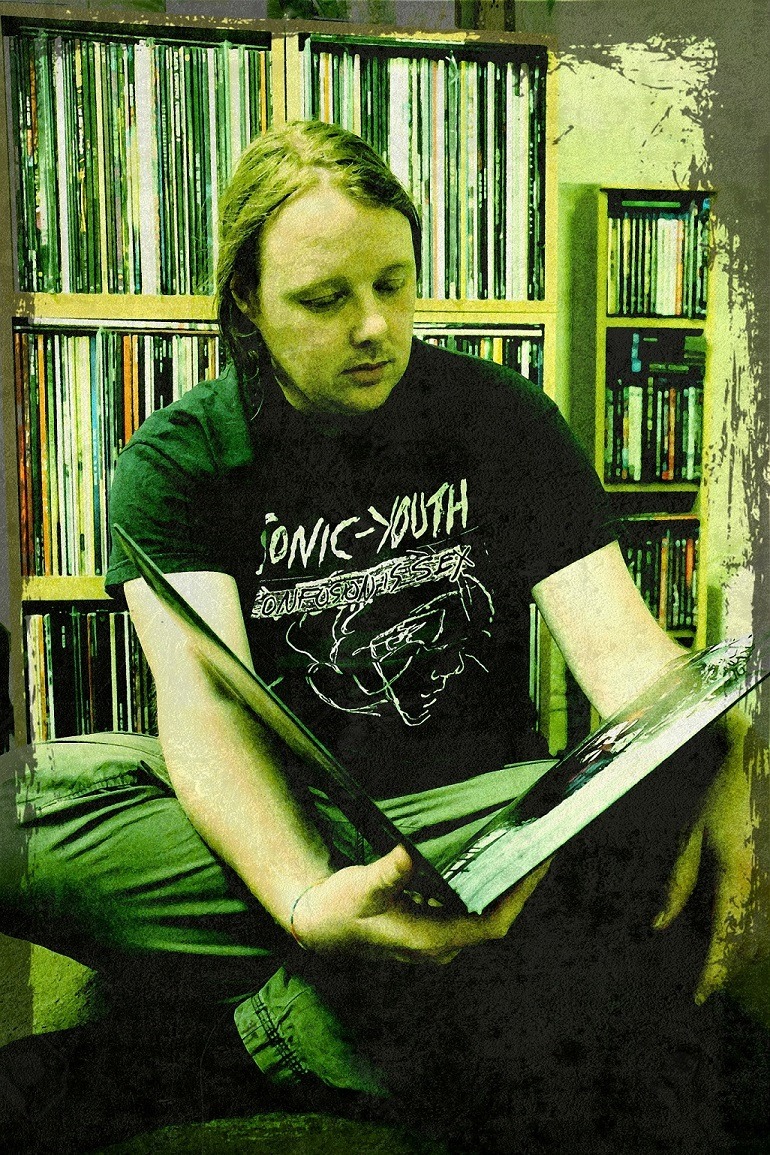
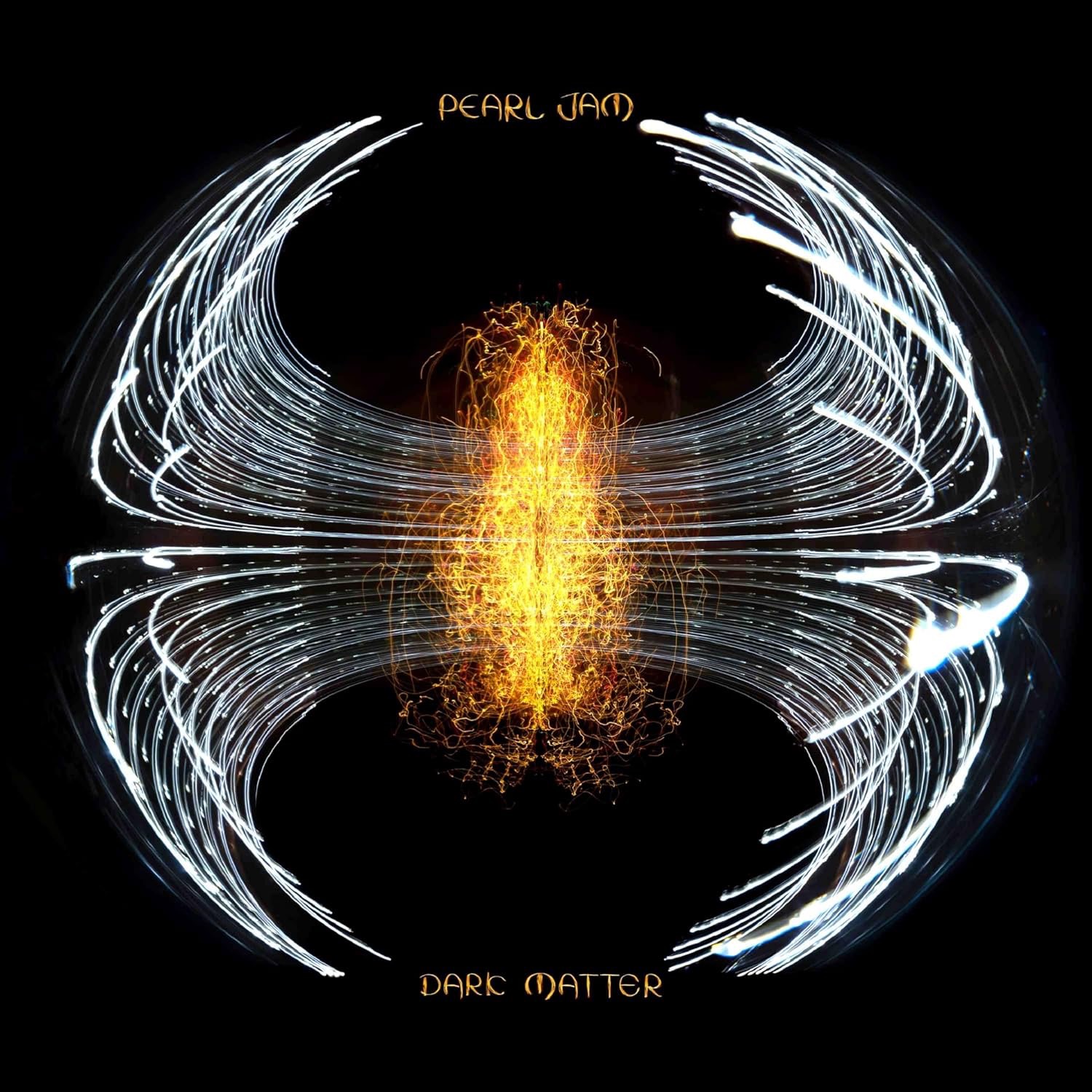
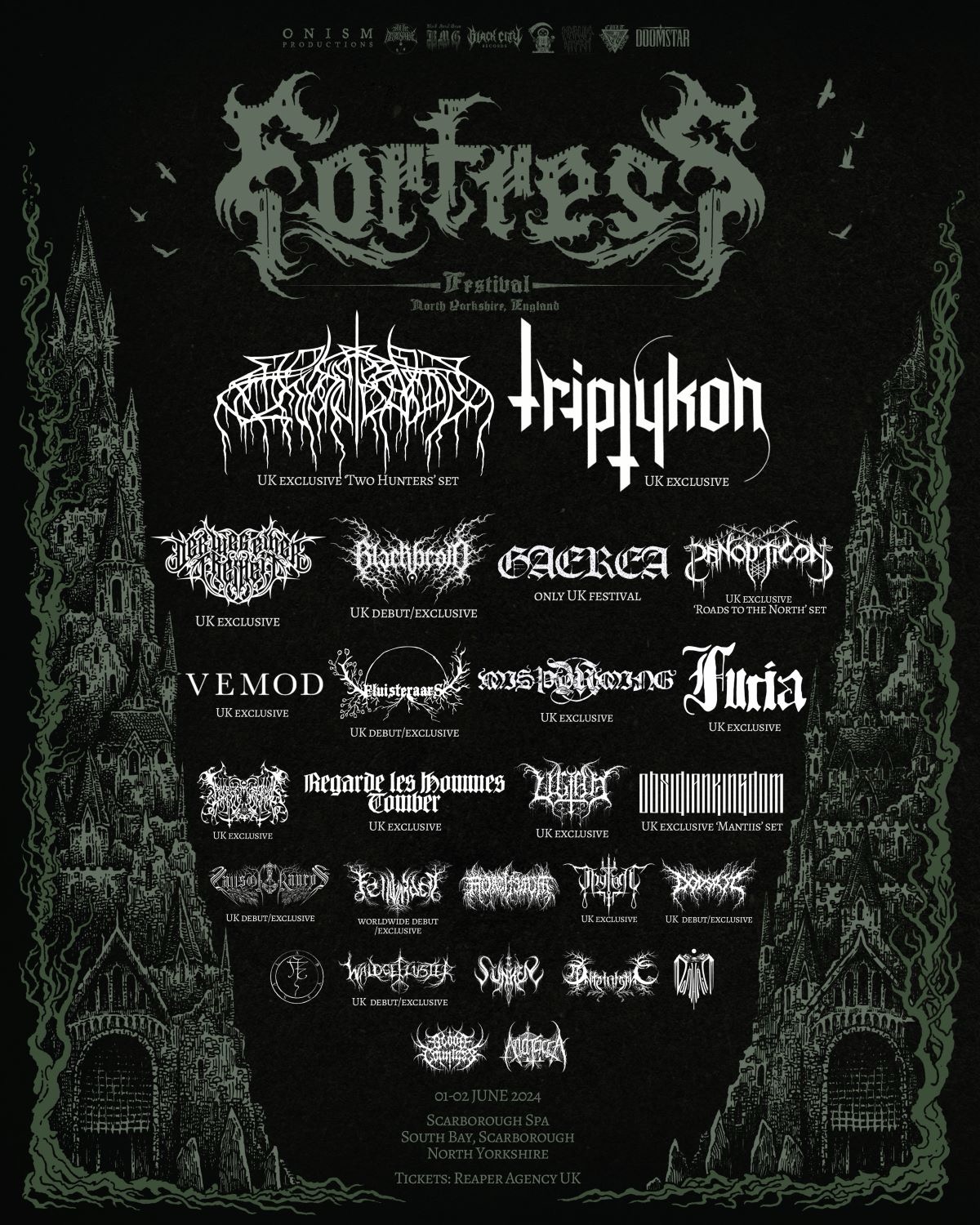
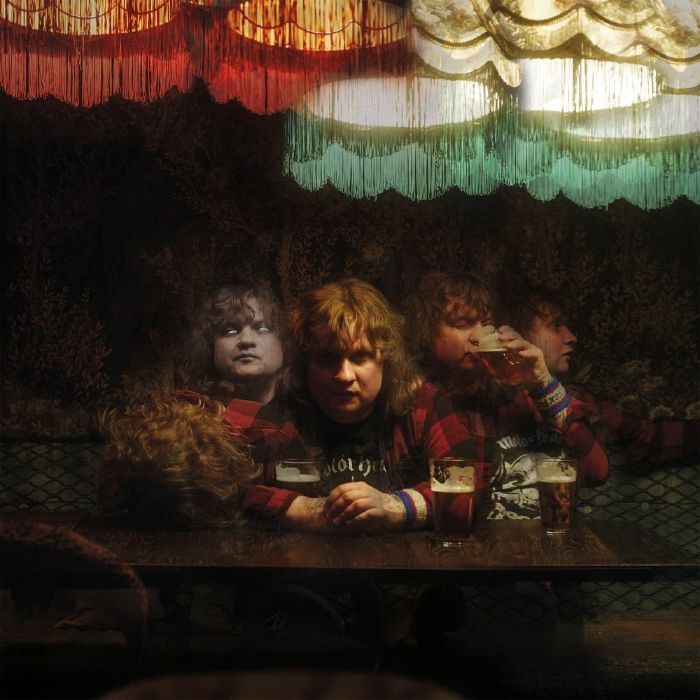
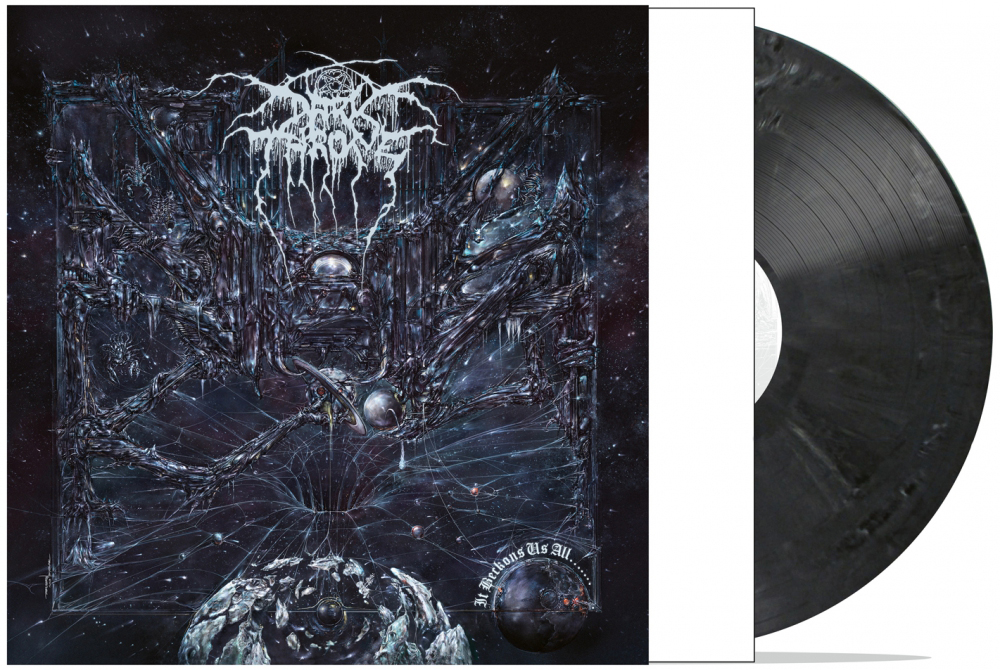


Leave a Reply